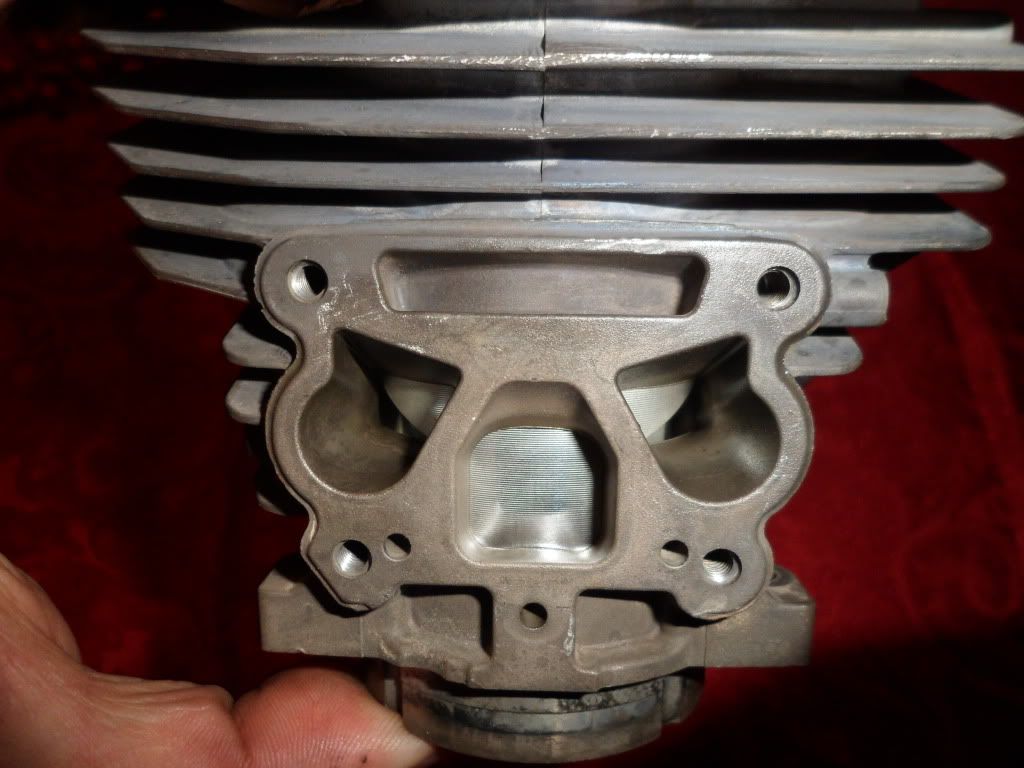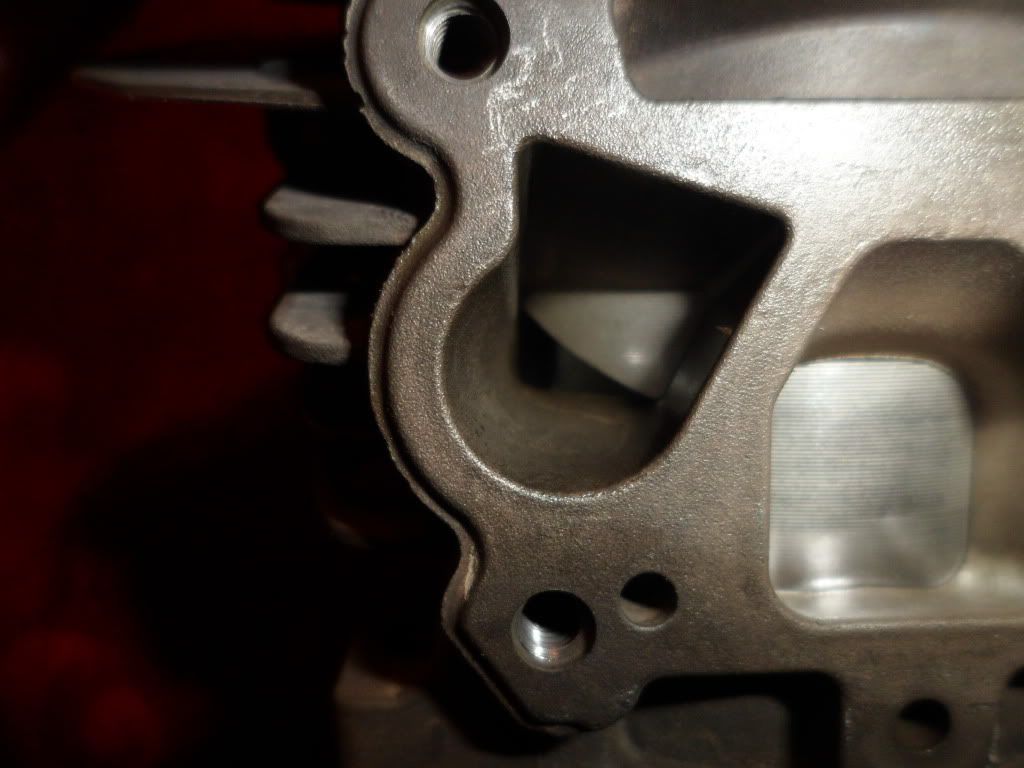My mind is at work on the 562 as we speak. BUT I have three saws ahead of it and two of those are 7900s and I have a lot of learning on those beasts as well to do. They are pretty straight forward though.......lots of blowdown and gobs of compression.

These strato saws are coming clearer in terms of port work though. I seems that by altering the timing of the strato ports one could change the characteristics of the engine, and that is just one variable.
I'm thinking that by increasing intake and strato timing plus evening the two that could serve to fill the case. Then raising the exhaust port and transfer inlets together should raise the working rpm just like any other saw.
Has anyone done much on compression increase in a strato?







